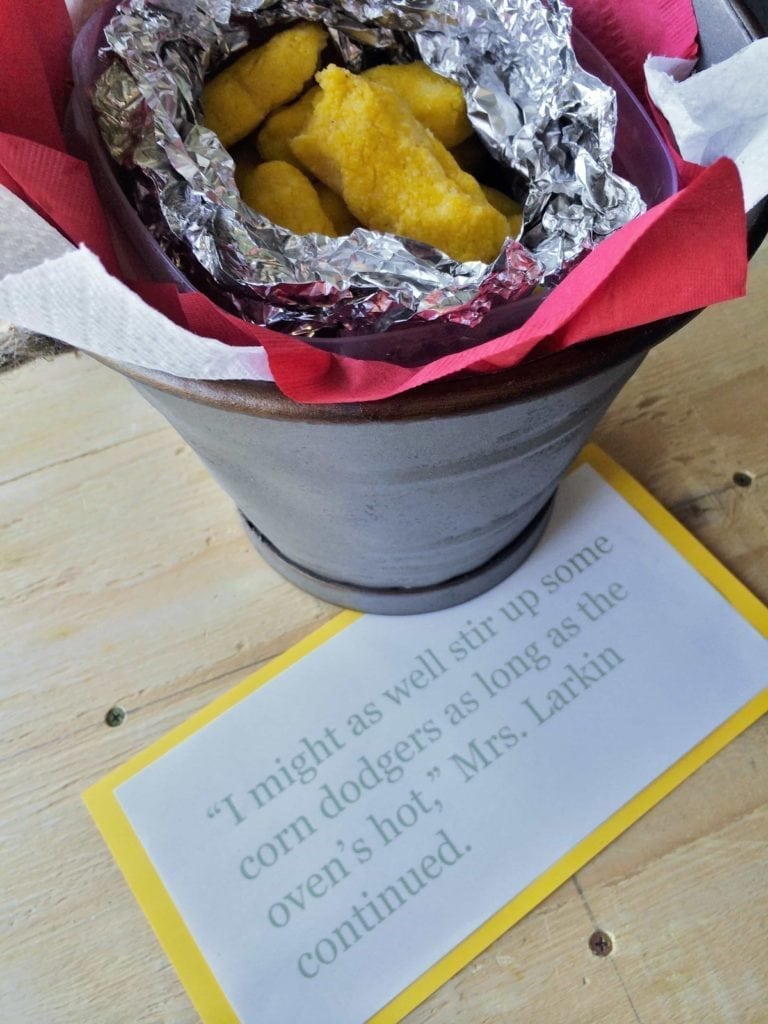A LitWits activity from the Exposition
For Janey, the picture on the plate is an almost magical image that represents home, a place she might put down roots and belong. It also contains the faint memory of her mother, and the hope of beauty and comfort. It hasn’t ever been used — it’s a powerful symbol to her, not dinnerware, which is why her sacrifice of it is so very great. So we had our kids make one of their very own, representing home.
We loved the idea that long after reading this book and doing this project, kids would recognize the pattern and be reminded of what matters most in this story (and life): love, home, and family. They’ll have plenty of chances to recognize it, too — there are 200 years’ worth of willow plates out there in the world! Long after experiencing Blue Willow with us, kids are still sending us photos of plates they’ve come across.
SUPPLIES
Note: Even though Sharpies are non-toxic, it’s best not to use them on surfaces that will come in contact with food. So, just like Janey’s, these plates are heart-warming reminders of home and hope, not holders for your corn dodgers. For this reason you might want to choose a smaller plate that can be more easily displayed or used for other purposes.
DIRECTIONS
Have your kids think about what represents home to them, and give them some time to plan how they might represent it in a plate pattern. It could be a symbol, a scene, or even a repeated design that has personal meaning. If they choose to make a Willowesque scene of a home, real or imagined, tell them it might be helpful to answer these questions:
-
How will I get there? (lane, bridge, heliopad, horse?)
-
What style will it be? (fancy, simple, period or cultural style?)
-
What plants will be nearby? (trees, cacti, topiaries, corn?)
-
Where would I go when I want to go outside? (hammock, swingset, fishing hole, barn, bridge?)
Once they’ve thought it over, you can have them sketch the design on plain paper, or do the
creative writing handout first. Then hand out the blue Sharpies and plates and let them go to town (or… rather, to home)!
While the kids draw, you might want to show them this short
video about the legend behind the images on the plate.




